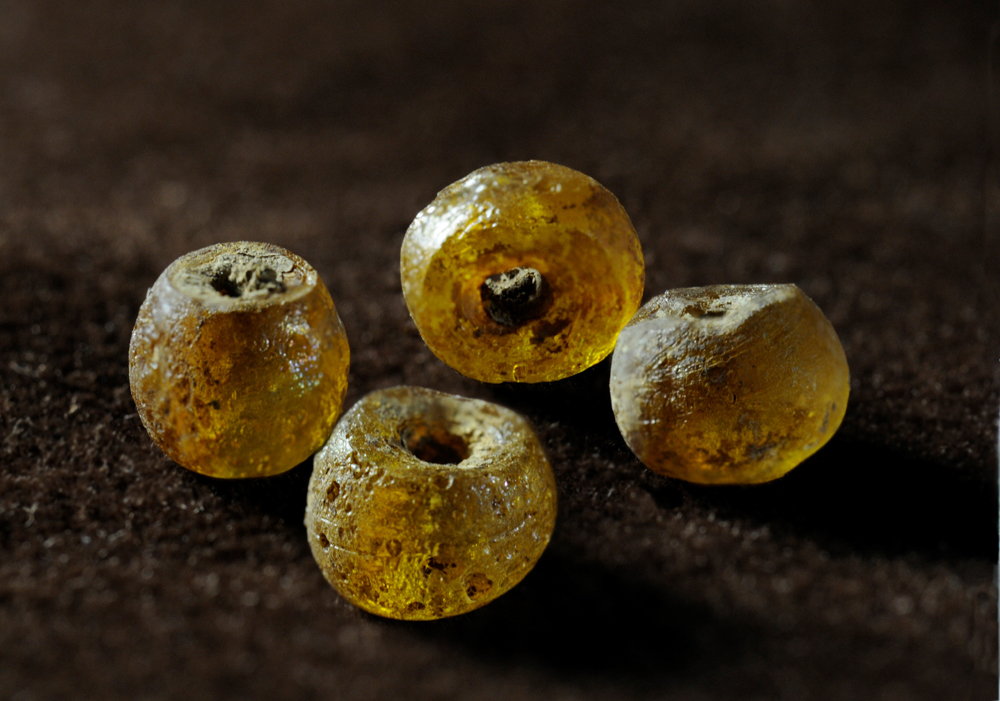Stop 2 - Batavia Archaeology
Traces of the past
The loss of the Dutch East India Company ship Batavia in 1629 in the Houtman Abrohlos islands off Geraldton, and the subsequent mutiny, is one of the most dramatic events in Dutch and Australian history.
The wreck of the Batavia on its maiden voyage was calamitous, leading to a mutiny and the mass murder of over one hundred souls — only 115 of the 341 people who left the Netherlands would ultimately arrive in the East Indies.
The Batavia National Heritage Listed site encompasses the wreck site and numerous archaeological deposits across several islands.
Ongoing archaeological work by the WA Museum, UWA, and a team of international researchers is continuing to provide new insights into the story of the Batavia. Of the 282 people who survived the wreck, most ended up at a nearby small coral island that later became known as “Batavia's Graveyard” (now Beacon Island). On Beacon Island archaeologists have excavated burials of more than 13 victims of the wreck — some were buried as individuals, others together including seven people in a mass grave. At the far right of the case in front of you are some of the items people were buried with. Amber beads from a bracelet worn around the wrist of a young man. Three musket balls from two separate burials, each probably carried in a pocket. Even some clothing has survived - see the small metal clasps attached to remnants of cloth.
Other sites tell of the resistance to the mutineers led by the under merchant Jeronimus Cornelisz. Look at the lead lump with small holes in it. This was probably a handmade weapon called a morning star. The nails have long since corroded, and the rope that swung it gone. This was found on Long Island where terrible murders occurred during the insurrection.
On West Wallabi island the core of the resistance was led by soldier Webbe Hayes. He successfully held off Cornelisz and the mutineers until Commander Francisco Pelsaert's rescue party returned from Batavia. The remains of the soldiers small fort survive. In the case are objects excavated from that building, the oldest European building in Australia. Look at the small metal clasp from the cover of a book, maybe from a bible? The wooden book covers in the case were found on the wreck of the Batavia. The square metal objects are roughly cut from lead, and were perhaps tokens for gaming.
Finally, the pile of iron nails and fastenings from Long Island reveal the fate of the mutineers. After Pelseart's return a trial was conducted and 7 mutineers, including Cornelisz, were sentenced to death by hanging. The discovery on Long Island of a rich concentration of nails and fastenings collected from the shipwreck, in front on you, is the most likely site of the construction of the gallows. It was common practice for the criminals to be left hanging, deprived of burial in the ground. Long after the survivors sailed away from the Abrohlos the gallows and bodies would have fallen and eroded away, leaving only nails as a reminder of a grisly moment in our history.

- Next Stop
-

Stop 3 - Spice Box
next